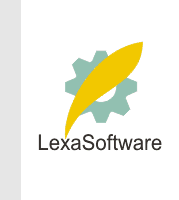Filmscanners mailing list archive (filmscanners@halftone.co.uk)
[Date Prev][Date Next][Thread Prev][Thread Next][Date Index][Thread Index]
[filmscanners] RE: 8 bit versus 16
It really depends on if you are talking color or B&W. For B&W, there is no
question, you need to use 16 bits for doing all but a minimum tonal curve
adjustment, but for color, for most applications you won't see any
difference using 8 bit data or 16 bit data.
Austin
> -----Original Message-----
> From: filmscanners_owner@halftone.co.uk
> [mailto:filmscanners_owner@halftone.co.uk]On Behalf Of focus@adnc.com
> Sent: Tuesday, September 09, 2003 6:02 PM
> To: austin@darkroom.com
> Subject: [filmscanners] Re: 8 bit versus 16
>
>
> Yup, I'm in "category 1" too. If you're going to work on the
> image, 16-bit makes a huge
> difference--many operations, especially big curve or gamma
> adjustments, throw away bits.
> The goal is to still have 8 bits of information left when you're
> done. Starting at 8 bits
> that's pretty tough. But if you're not going to "work" the image,
> if you're going to make
> all your adjustments in the scanning program, then yes, 8 bits is plenty.
>
> ------------------------------------------------------------------
> ----------------------
> Unsubscribe by mail to listserver@halftone.co.uk, with
> 'unsubscribe filmscanners'
> or 'unsubscribe filmscanners_digest' (as appropriate) in the
> message title or body
----------------------------------------------------------------------------------------
Unsubscribe by mail to listserver@halftone.co.uk, with 'unsubscribe
filmscanners'
or 'unsubscribe filmscanners_digest' (as appropriate) in the message title or
body
|

